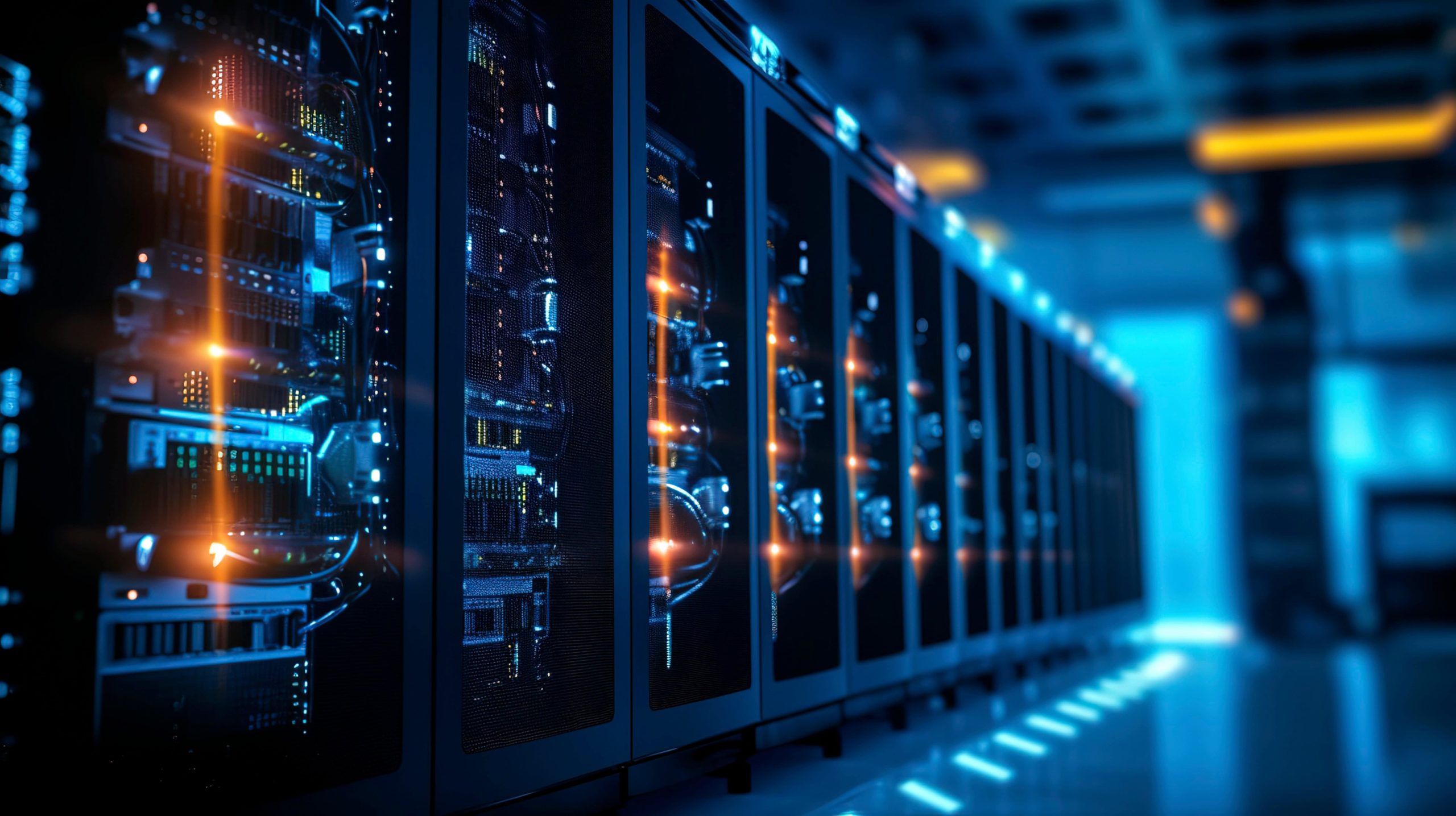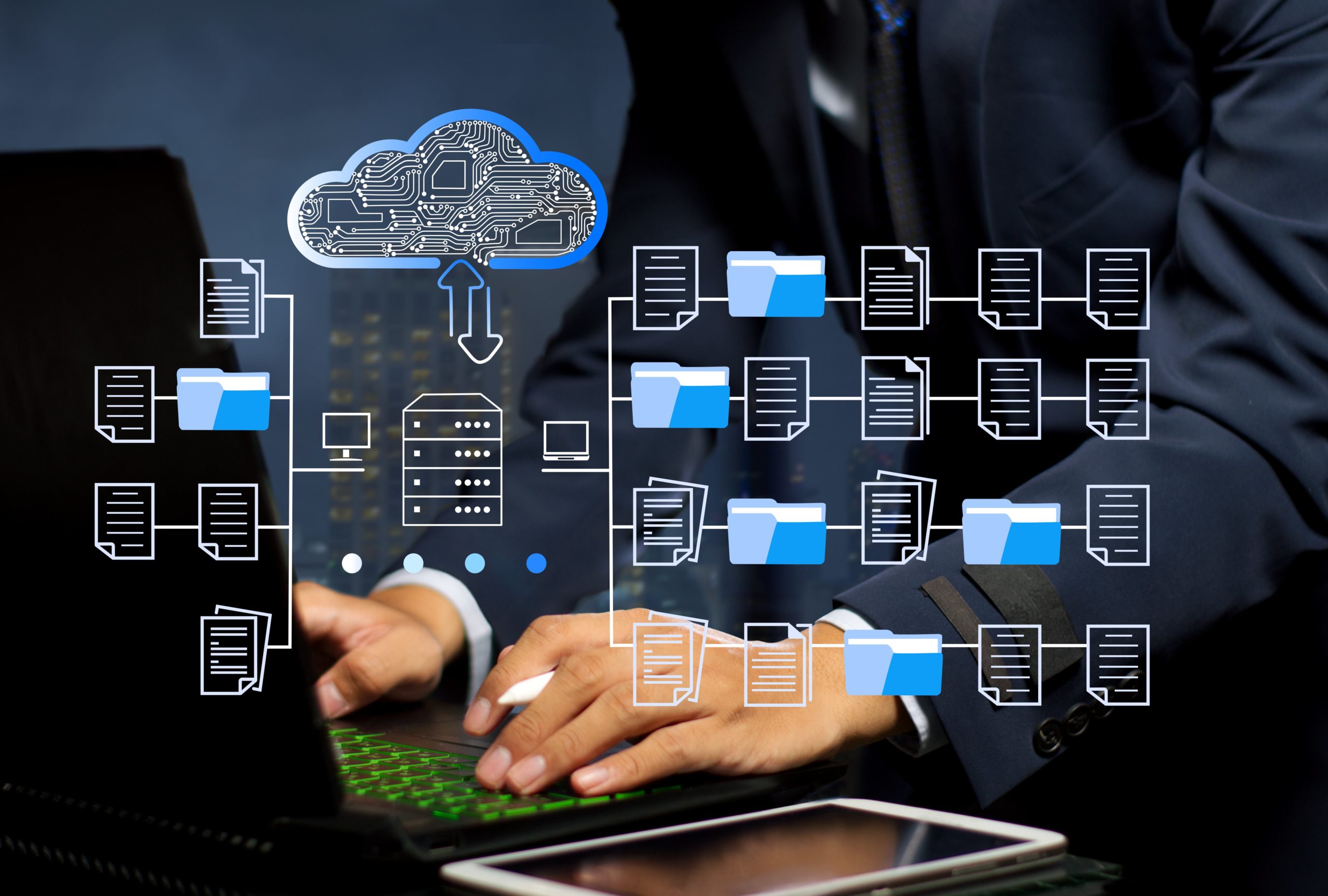Professional Services
Compute – Servers
Specialist Compute Services for Physical and Virtual Servers
ServicesOur compute services cover installation, configuration and management of Physical and Virtual infrastructure including VMware Microsoft Hyper-V, Azure, AWS, and Citrix XenServer. We also offer services around architecting and the implementation of high availability and disaster recovery solutions.
We also provide hardware setup and maintenance for optimal performance and minimal downtime, making our hypervisor services essential to your data centre and more.
Hypervisor services are a crucial component of modern data centres that enable virtualisation and efficient allocation of resources.
For physical hypervisor services, we can provide installation, configuration and management of hypervisor software such as VMware ESXi, Microsoft Hyper-V, and Citrix XenServer. Our team can also help with hardware selection, setup, and maintenance to ensure optimal performance and minimise downtime.
For virtual server services, we can provide cloud-based solutions that allow you to create and manage virtual machines on demand and scale resources up or down as needed. Our virtual hypervisor services include support for Amazon Web Services (AWS) and Microsoft Azure.
Physical and Virtual Servers
Servers are the backbone of any IT infrastructure, providing the necessary computing power and storage to store, process, and manage data.
In today’s world, businesses can choose between physical and virtual servers based on their specific requirements.
Physical Servers: These are traditional servers that are housed in a physical location, typically within a data centre. A physical server is a standalone unit with its own hardware, operating system, and applications.
Physical servers are typically used for applications that require high performance, such as for databases, large-scale analytics, or other applications with high computing requirements.
Virtual Servers: Virtual servers, on the other hand, are software-based servers that run on a physical server. Virtualisation technology creates multiple virtual servers, each with its own operating system and applications, all running on a single physical server.
Virtual servers can be easily created, scaled up or down, and moved between physical servers. They are used primarily for applications with lower computing requirements, such as web servers, email servers, or file servers.
Problem solving and benefits
Physical servers
One of the main benefits is that physical servers offer greater control and security over your data and applications, as they are not shared with other users.
Additionally, physical servers typically offer better performance and reliability than virtual servers, as they dedicated resources and are not subject to the same virtualization overhead.
Finally, physical servers can be configured in a variety of ways to meet the specific needs of your business and can be upgraded or replaced as needed to keep up with changing technology requirements.

Virtual servers
First, virtual servers are very flexible and scalable, allowing you to easily add or remove resources as needed. Our services make it easy to adjust your server capacity to match your changing needs.
Second, virtual servers are often more reliable than physical servers, as we can configure them to automatically move to another physical server in the event of a hardware failure.
Finally, virtual servers are typically more cost-effective than physical servers. Our services will allow you to get more use out of your existing hardware and can help reduce your overall hardware and maintenance costs.
Whatever your needs may be, we’re here to help you choose the right hypervisor services to meet your specific requirements.

Delivery
With our team of specialists and market-leading services, here’s how we can implement successful physical and virtual server projects:
1.
Defining your server requirements:
Before we can implement a server, we will help you determine what type of server you need and what it will be used for. This includes factors such as the operating system, storage capacity, memory, and processing power.
2.
Choosing a server solution:
Once we know your requirements, we can start to research server solutions that meet your needs. This includes physical servers from vendors like Dell, HP, and IBM, as well as virtual server solutions like VMWare, Hyper-V, and VirtualBox.
3.
Setting up the server environment:
Whether we’re installing a physical or virtual server, we’ll need to set up the server environment. This includes creating user accounts, configuring network settings, and installing necessary software and drivers.
4.
Installing the operating system:
Once the server environment is set up, we can install the operating system. This process will vary depending on the operating system that has been chosen.
5.
Configuring the server settings:
After the operating system is installed, we’ll configure the server settings to optimise performance and ensure security.
6.
Testing and optimising the server:
Finally, this crucial part of the process will be undertaken by our experts to ensure that everything is working at optimal performance levels and ensure a successful implementation.
Of course, every project is unique and may involve additional steps depending on your specific needs.
Get in touch with our team of experts by calling 020 8686 8800 or filling in the form below, and we’ll be happy to talk about how we can help you with your compute needs.













